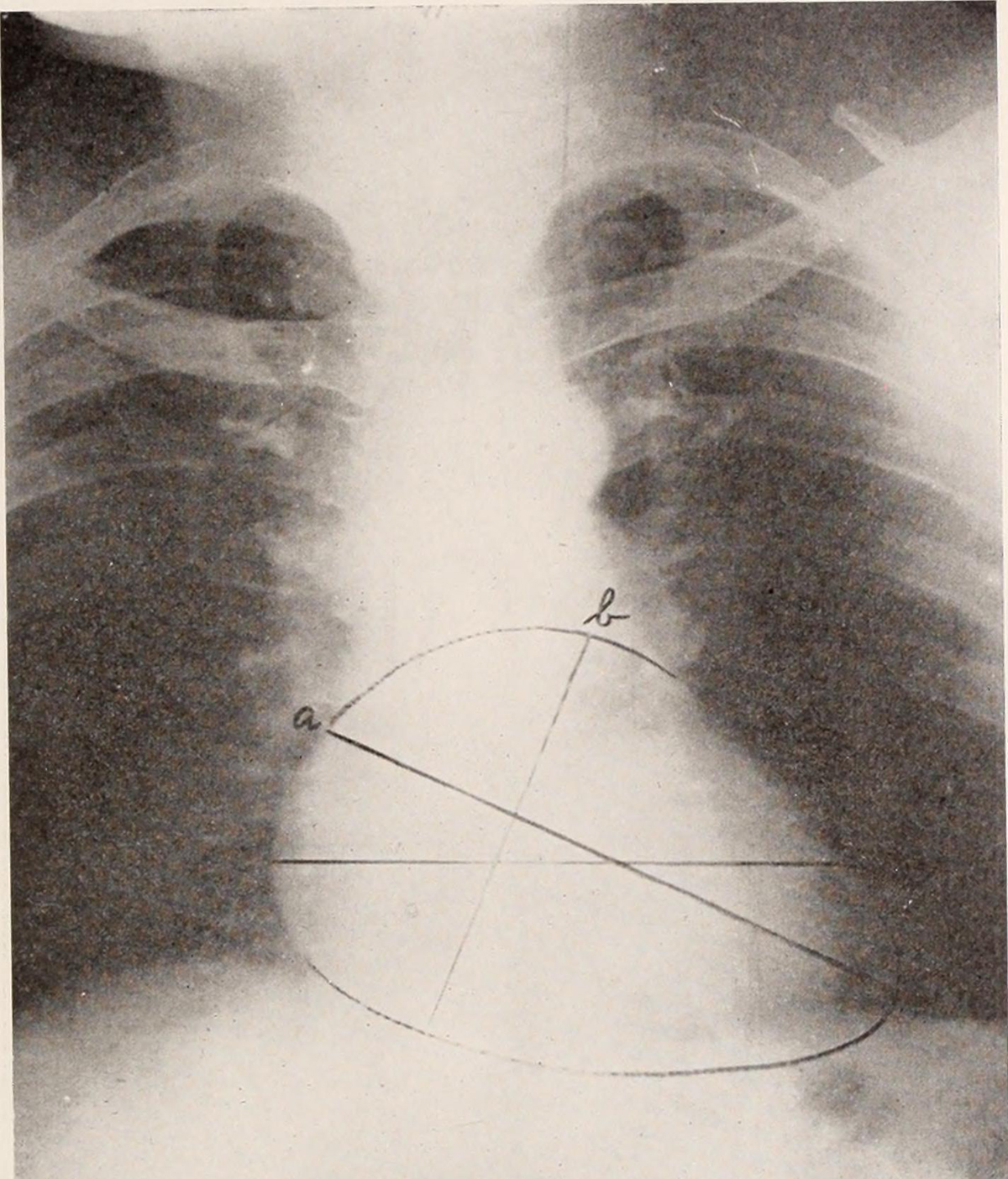
Angina pectoris is a medical condition characterized by a severe chest pain that occurs due to ischemia of the heart muscle. Ischemia is a restriction in blood supply and therefore, a lack of oxygen supply, generally due to factors in the blood vessels, with resultant damage or dysfunction of tissues. The main cause of angina pectoris is the coronary artery disease, that occurs as the result of accumulation of atheromatous plaques on the walls of the coronary arteries. Coronary heart disease is the leading cause of death worldwide, since the plagues may rupture and limit the blood flow to the heart muscle, leading to the often deadly heart attack.
Classification of angina pectoris
Angina pectoris is divided into two main groups: stable and unstable angina. Stable angina, also known as effort angina, is characterized by persistent and recurring chest pain that usually occurs in combination with a physical activity.
Unstable angina, also known as crescendo angina is the type of angina that changes and worsens over time. It is usually characterized by new chest pain that occurs suddenly and often signals an impending heart attack.
There is also a third type of angina, known as variant angina or Prinzmetal’s angina, and it is typically caused by a coronary artery spasm.
Symptoms of angina pectoris
People suffering from angina pectoris most commonly report various types of discomfort in the chest area, rather than real pain. This includes feelings of pressure, tightness, heaviness, squeezing, burning or choking. The pain is usually radiating and may also be experienced in the upper abdomen, back, neck, jaw or shoulders. Typically, the pain radiates to the inner left arm and up to the jaw. Most of the patients will have problems berating, sweating and may even feel nausea. The pulse rate and blood pressure are usually elevated.
Causes of angina pectoris
There are many factors that may increase one’s chances to get angina pectoris. Most significant risk factors include cigarette smoking, diabetes, high cholesterol, high blood pressure, sedentary lifestyle and family history of premature heart disease. All of these conditions may affect the normal blood supply as the arteries become narrowed due to a fatty buildup. Therefore, the heart muscle may not be able to get enough oxygen rich blood, which causes the typical symptom of chest pain.
Age is another significant risk factor, since the angina pectoris usually affects men older than 55, and women older than 65. Certain medications, vasodilators, excessive thyroid replacement and polycythemia can also exacerbate or provoke angina pectoris.

















Your thoughts on this
Loading...